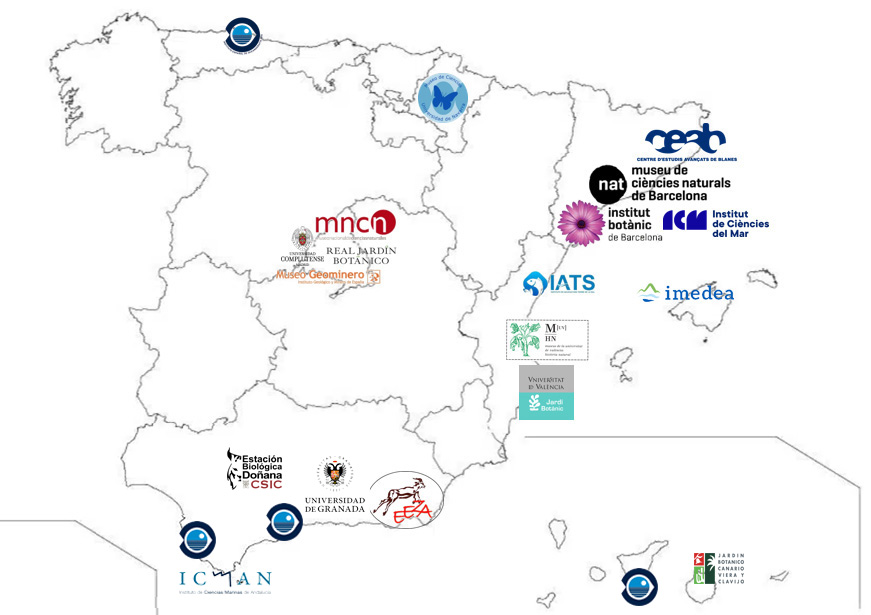Members

How to be involved with NN-DiSSCo-ES

The consortium is open to new members.
If you conserve scientific collections that are accessible for scientific and cultural uses, you can join our community.
Also, if you do have some general questions first or would like to find out more about participating in NN-DiSSCo-ES, please get in touch with us as well.































